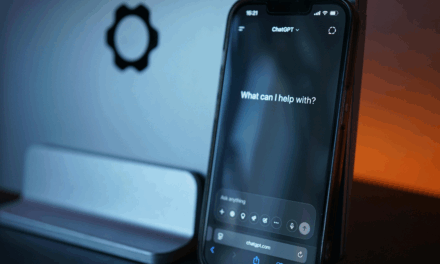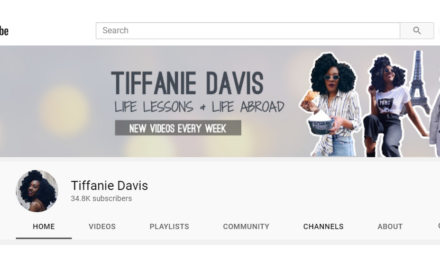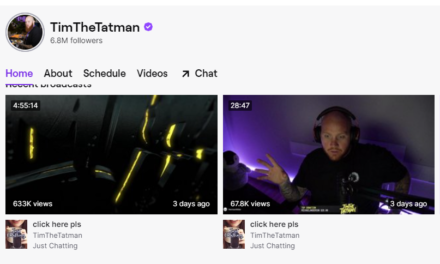Google wants the same thing you want: Quality content that attracts and engages an audience.
It hasn’t always been that way. A decade or so ago, Google was fine with content to game its algorithm. Website creators stuffed keywords into their content and pages in hopes that Google would award them a top ranking.
However, the people who searched didn’t like what Google delivered, and Google didn’t like to disappoint their audience without whom they wouldn’t have a business. So Google implemented a new strategy – expertise, authoritativeness, and trustworthiness. Last year, it added another E – experience. This month, it reinforced its algorithm to beef up the relevance of EEAT, finishing the rollout late last week.
What does that mean for expert creators like you?
Matt Southern of Search Engine Journal cautions creators to have patience because the impact of this latest update can create daily fluctuations in the short term.
Be patient watching the latest @Google core update impact as it can create daily fluctuations in the short term, says @MattGSouthern of @SEJournal. #ContentEntrepreneur Share on XWhether you see more or less traffic right away, the takeaway remains the same: Deliver content that gives value to your audience in the manner they want to consume it.
In this world of AI-generative content and voice search, you have more opportunities to capture the search audience than you might think. So, brainstorm how to better deliver the content your target audience is searching for.
Think long tail: If you create content that relates to keywords with high search volumes, don’t forget about the niche searchers. Content with relevant long-tail keywords will likely return better results. For example, travel blogger entrepreneur Chris Mitchell knows it would be difficult to rank well for “things to do in Miami.” So he wrote an article for the long-tail keywords – how to spend a week in Miami. What related phrases in your content tilt could you tackle to attract search visitors to your niche content?
Long-tail keywords give creators a better chance to rank higher in search results than broad, popular keywords, says @AnnGynn. #ContentBusiness Share on XBe helpful and deliver the facts: To attract Google’s eyes, your content should help the audience and do so in a factually accurate way. Before you publish a piece of content, ask, “What will the reader, listener, or viewer take away from this? How will it help them in their daily life (personally or professionally?” If you can’t easily answer those questions, revise the content until you can, then publish it.
Fact-check your content, too. Never assume something is accurate. For example, just because you linked to a source that quoted the same information doesn’t mean it’s accurate. I find this is a big problem with statistics – they just get quoted and requoted without any links to the original source. If you can’t verify a fact, don’t use it.
Showcase your experience: You are well-positioned to address the last E in Google’s EEAT search emphasis. As an expert creator, you have experience related to your content tilt. Share it. Show what you’ve learned and how you’ve learned it. Make sure you include author bios or team profiles on the site and detail your experience there. Add the bio or profile of the creator to the page where the content asset is.
Connect your content: Since you have a tilt, it follows that your content all connects in some way. Make the most of that by linking to other content assets from your new content assets. That internal linking indicates to Google your site is an expert on the subject, and it helps your audience know where to go to learn more about the topic.
Get an AI assist: Given the growing impact on search (and AI-generative content) results, it only makes sense to get some help from AI in your SEO adventures. Orbit Media recently outlined seven ways to use ChatGPT for higher rankings. Past CEX speaker Andy Crestodina details how to use it to improve current rankings of your URLs, edit title tags for higher click rates, add relevance with FAQ content, find gaps in your content based on your competitors, and more.
About the author
Ann regularly combines words and strategy for B2B, B2C, and nonprofits, continuing to live up to her high school nickname, Editor Ann. An IABC Communicator of the Year and founder of G Force Communication, Ann coaches and trains professionals in all things content. Connect with her on LinkedIn and Twitter.










